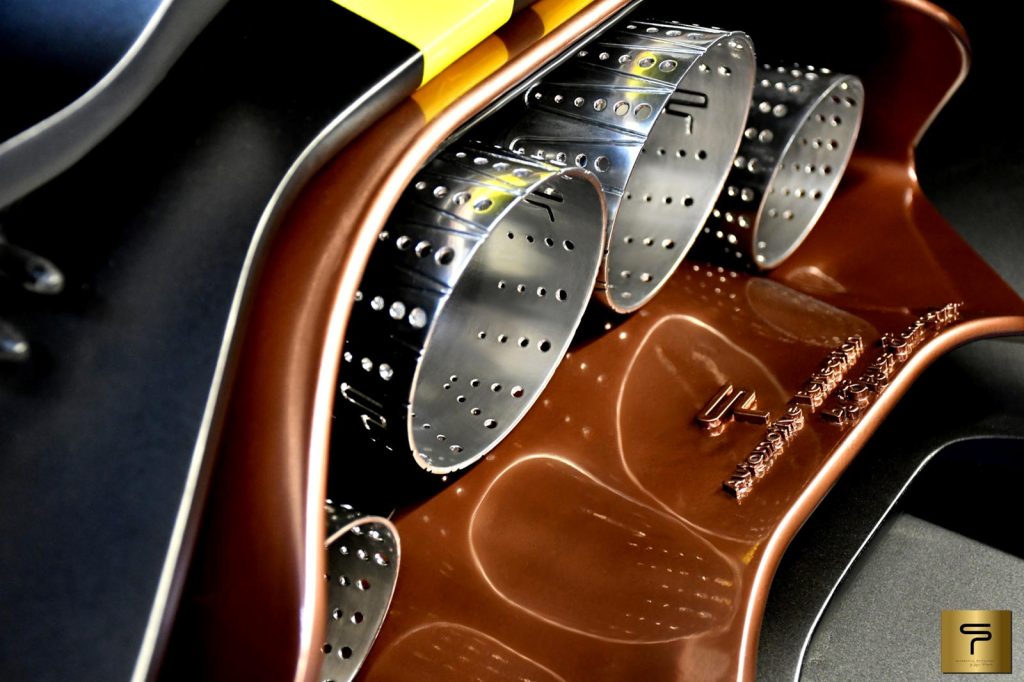SP Automotive, a Greek firm, has unveiled the ‘planet’s first ultracar,’ which boasts 3,000 horsepower. The vehicle, dubbed Chaos, has a starting price of $6.4 million for its base model, which produces 2,000 horsepower (1,491 kW). The top-of-the-line model with 3,000 horsepower will set you back $14.4 million.
According to the company’s pre-launch four-minute teaser, the dream to recreate Greek chaos began in 2019. Spyros Panopoulos’ goal was straightforward: “To develop the world’s fastest and most technologically advanced production car. A technological innovation masterpiece created in a one-of-a-kind approach.”
After months of tease, the car has finally been revealed in all of its splendor. The Chaos is powered by a 4.0-liter V10 engine with two turbochargers and some type of hybrid support. The base Earth Version has a top speed of 499 kilometers per hour and can accelerate from 0-100 km/h in less than 1.9 seconds.
The Zero Gravity variant has a top speed of 499 kilometers per hour and can accelerate from 0-100 km/h in less than 1.5 seconds. With no hybrid help, the less powerful variant employs a slightly detuned version of the same 4.0-liter V10 engine.

Both engines are linked to the same eight-speed dual-clutch transmission, and the ‘ultracar’ pair comes standard with all-wheel drive.
With all of the power at its disposal, SP Automotive claims the Chaos will shatter all prior speed records by attempting to break practically every record in the book, according to Motor 1. It will attempt to beat the Nürburgring time of 6:43:30 set by the Porsche 911 GT2 RS, as well as the SSC Tuatara’s highest speed of 286.1 mph and the Rimac Nevera’s quarter-mile mark of 8.58 seconds.
According to the source, SP Automotive wants to produce 15 to 20 Chaos vehicles, all of which will be handcrafted, with the first deliveries expected to begin as early as next year. However, depending on consumer demand, the corporation may expand this quantity to 100 units.
If it weren’t for the current marvel of 3D printing, it would be impossible to produce these twisting, skeleton, 3-dimensional forms; these are frequently outrageously intricate structures that no human could design, and no mill could manufacture. One would ask if an unintentionally placed stone chip at a spot not designed for that level of force would cause the entire structure to shatter like a Prince Rupert’s drop.


